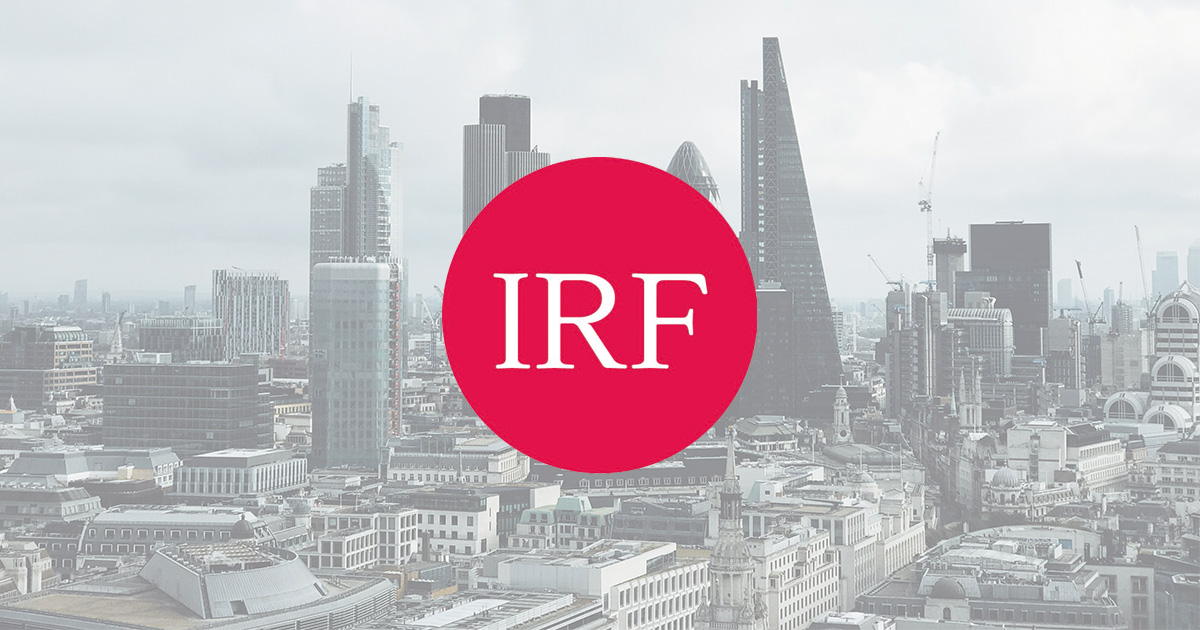Tue 20 Oct 2020 - 15:00
Summary
Tim began by highlighting the excessive valuation of the US equity market using 3 valuation metrics and 1 technical/asset allocation model which all correlate well with future 10 year returns. All indicated subdued returns. Tim acknowledged some issues with CAPE (around earnings), however, Tobin’s Q (a non-earnings-based metric), projects negative 10 year annualised returns. The market value of US equites is some 50% higher than intrinsic value and whilst some of this could be due to the inability to capture intellectual property, this cannot explain all the discrepancy. Tim noted the excessive valuation was across the board not just in a few technology stocks. The US is the only market to display positive EPS growth in the last 15 to 20 years which has led to the excessive valuation not seen elsewhere. Other markets are not expensive but are ex-growth. Tim debunked the myth that this is not a bubble, just a reflection of lower long-term interest rates. An NPV calculation which on the face of it shows the market at fair value (current market capitalisation equates to 20 year EPS growth of 5.9% discounted at 1.4%, the current US long Treasury yield). However, to achieve this, profits would have to grow 2% more than GDP has over the last 20 years (4%) and profits as a percent of GDP is already at an all-time high. The implication is labour as a share of GDP would have to go lower which would lead to deteriorating demand conditions that GDP growth itself would slow. The discount rate and earnings growth inferred from the current market cap are therefore incompatible. Tim then cited weak investment, productivity, and trend growth for the current low interest rate environment. Tim produced a chart showing the weakness in productivity growth is the direct function in the slowdown of growth in net stock of private and public capital including intellectual capital. Tobin’s Q is indicating there is an arbitrage opportunity in buying the capital stock and taking public just as it did at the end of the 90’s. Indeed, net capital stock rose to close the arb. This is not happening now. Tim posited the lack of competition today with a market characterised by oligopolies and monopolies as the tech titans reach East India Trading Company levels of influence on economies. The globalised labour market / access to cheap labour has crushed the need to invest in capital. Productivity growth and labour compensation are the same trend. Advanced economies have pretty much stopped producing a naturally recurring positive growth cycle. Debt has increasingly replaced enfeebled natural growth, demanding ever lower interest rates and increased central bank support to prevent market seizure and chaotic de-leveraging. The political backlash to a lot of the economic trends, including rising inequality, would add nearly 5% to US budget deficits for the next 3 years according to Biden’s budgetary plan, should he win. Assuming a money multiplier of 1, Tim forecasts a very rapid closure of the output gap with central banks hitting inflation targets earlier than the market expects. The ROW will be forced to mimic the US’s loose fiscal policy to prevent currency appreciation. QE in the current structure carries a much higher risk of inflation than after the GFC when a collapse in the money multiplier as the financial system de-leveraged meant money supply growth did not follow base money growth. This time the banking system is not impaired so QE will flow into the money supply. A stable money multiplier means the Fed cannot sustain QE at current levels for much longer without generating a large inflation shock. Green costs and de-globalisation reinforce higher prices. The future for Tim looks like a combination of higher real rates, higher nominal rates, higher inflation and more credit distress, leaving short-dated TIPs as the only investable financial instrument along with Green policy related equities. Otherwise go short.
Topics
An output gap outlook for growth and inflation
Fiscal policy in an era of political discontent
A monetarist outlook for inflation and real interest rates
Why MMT won’t happen
The Green New Deal and how it gets financed
De-globalisation, localisation and the economy as well as implications for financial markets.
